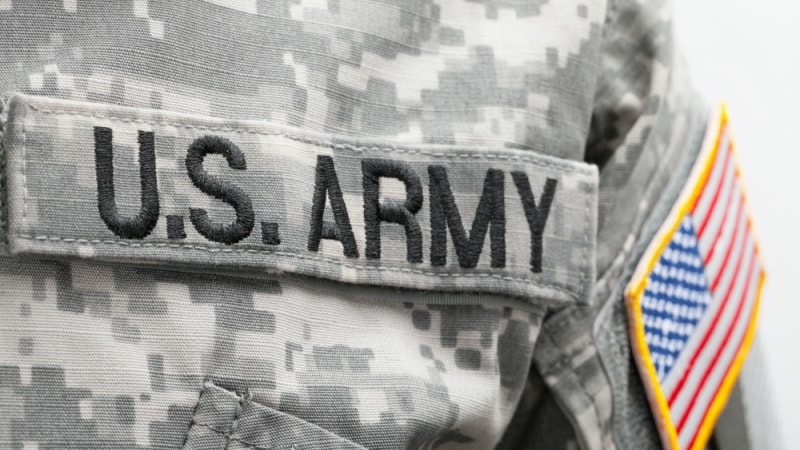
Department of Defense (DoD) information technology leaders and the warfighters they serve are incorporating edge computing, modern data tools, and emerging technologies to enable their missions today and prepare for tomorrow’s challenges, according to a senior U.S. Army IT official.
Daniel Q. Bradford, the deputy chief of staff for Corporate Information and the chief information officer for the U.S. Army Materiel Command (AMC), explained that there are several key capabilities that the service is prioritizing in this transition.
“We in government, like in industry, are leveraging new technology to enable our mission, but the difference is that the commercial sector is driven by profit. We are driven by our mission,” said Bradford during a virtual event hosted by GovExec on May 17.
Priority number one is ensuring the security of a network, he said. The AMC is responsible for all logistics to staff, equip, feed, and supply logistics across all classified materials for the warfighter. To meet its mission needs, the AMC relies on network and data communication and the security of these networks is a “key priority when we adopt new tech,” Bradford said.
Another priority made evident by the rapid shift to telework environments is mobility. The ability to work from any environment is especially critical when delivering any new capability to warfighters, Bradford explained.
“What we’ve seen is that mobility is an expectation. We want to be able to do anything from anywhere at any time. This includes logistics operations, and we want to do it not just in a classified fashion but in an unclassified fashion, when necessary, as well,” Bradford said.
Additionally, Bradford explained that legacy systems are particularly difficult for the Army. The branch has network systems operating today that were stood up back as the late 1970s and 80s. The issue with these systems, he explained, is that they are limited in their capabilities and come with plenty of technical debt.
“When you go across the Army footprint today, we are concerned about legacy stuff … [legacy systems] brings a lot of technical debt. It’s not as capable as the new [tech] that we need in the enterprise,” Bradford said.
He added that there will come a time when “legacy equipment and software in a production environment just can’t be secured anymore. And so, you have to make the hard decision to get it off the network,” Bradford said.
